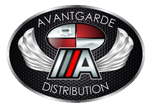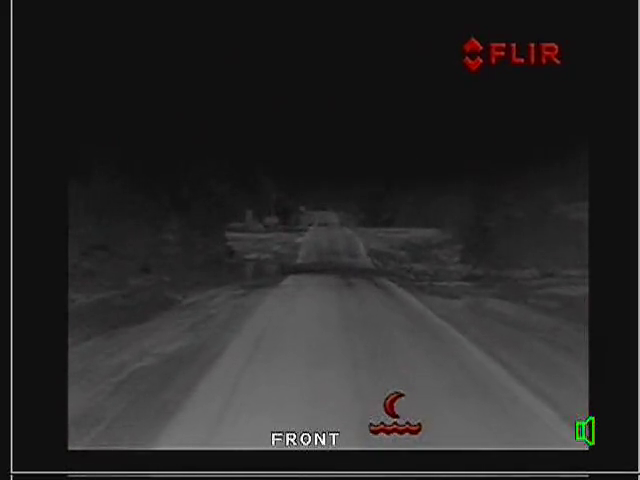A technology more commonly seen in the movies or wildlife documentaries is being tested in Australia in a bid to reduce animal strikes on trucks.
Western Australian family-owned trucking firm Pala Pty Ltd, which trades as Cochranes Cartage Contractors, has been conducting a six-month trial of a thermal camera in one of its trucks, reportedly with promising results.
Animal strikes are not only damaging to the vehicles they are distressing to drivers, Pala director Barry Cochrane says.
“As everyone who has driven WA country roads knows, animals are very difficult to spot and often jump out in front of your vehicle leaving you no time to react.”
“The thermal camera means that our drivers can see animals even when hidden on the side of the road, regardless of whether its day or night for up to 500 metres ahead of the vehicle.
“This gives our drivers time to begin to take action to either slow down or avoid the animal.”
The firm, which runs a fleet of 12 trucks, has used one truck to test the concept and Cochrane reports it is a hit with his drivers.
“They love it, they think it’s great,” he says.
“It gives them a heads-up a lot earlier.”
They do a lot of night driving up the coast road, often on low beam, and it also aids identifying animals obscured by the lights of oncoming vehicles.
National Truck Accident Research Centre (NTARC) director Owen Driscoll welcomes the trial and innovation shown by Cochrane’s company.
“Losses involving animal strike continue to contribute to a large proportion of insurance claims involving heavy vehicles,” Driscoll says.
“Animal strike, with over 520 incidents in the past six years, represented 22 per cent of all losses involving heavy vehicles in WA.
“During this time damage sustained from animal strike accounted for insured losses in excess of $13.3m.
“This does not include additional downtime and expenses to our customers or the loss of stock where cattle are involved.’”
NTARC is an initiative of dedicated truck insurance company National Transport Insurance (NTI).
In a study released last July, it reported that animal strike accounted for one in seven reported single vehicle accident involve hitting animals, mostly cattle and kangaroo.
NTARC’s biennial Major Truck Crash Incidents report, on those costing more than $50,000, published biennially, is due early this year.
WA Road Transport Association executive officer Cam Dumesny also backs the initiative.
“The general public often do not appreciate the level of safety investments and innovation that our industry operators undertake generally at their own initiative and cost,” Dumesny says.
Avantgarde Distribution, the national distributor of the FLIR MD series equipment used, supplied the unit.
“Initial trials commenced nearly three years ago and we have a number of fleets utilising the equipment throughout Western Australia,” Avantgarde’s Pete Hellemons tells ATN.
“Our vision is that every heavy vehicle working regionally in the top half of Australia should be fitted with thermal imaging not only for their safety and reducing their operating costs but the safety of all road users.”
Hellemons says the MD625 unit provides vision in excess of 800m without the need for any high beam lights.
“So where you have high volumes of traffic such as Great Northern Highway, between Hedland and Auski, you are pretty much stuck on low beam and the region is filled with heaps of cattle,” he adds.
View the original article at https://www.fullyloaded.com.au/industry-news/1702/animal-strike-thermal-camera-testing-backed


Recent Comments